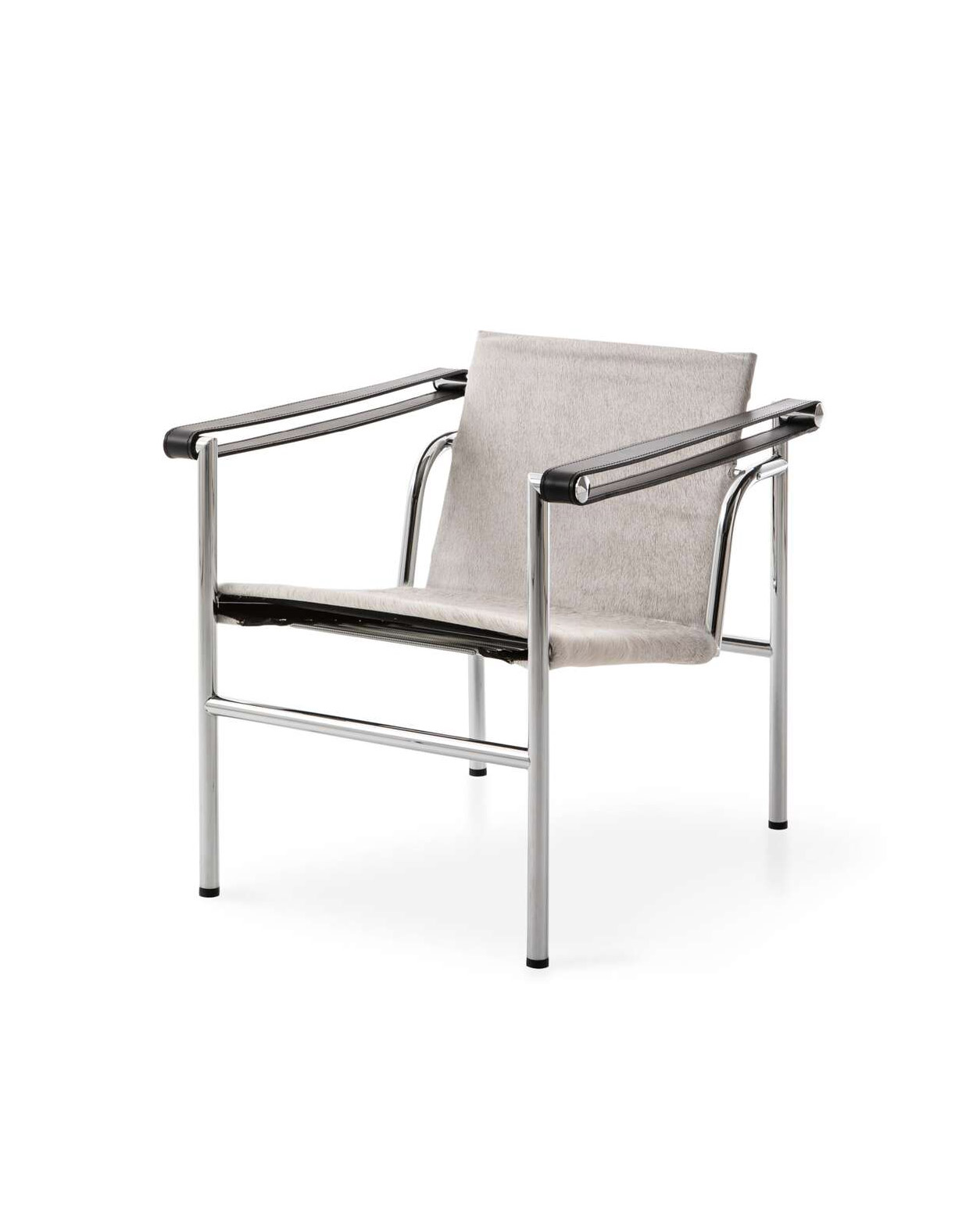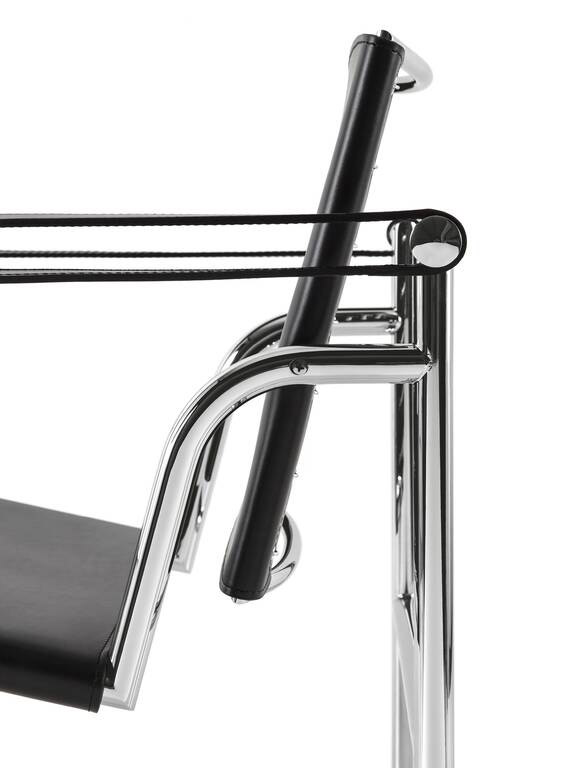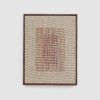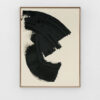In the world of furniture design, there are individual pieces that achieve the status of a classic over time. In this series, we focus on these timeless pieces and their stories. Good design has long since become an art form – just like the armchair “Fauteuil à Dossier Basculant”, also known as LC1.
Designed by Le Corbusier®, Pierre Jeanneret®, Charlotte Perriand®, the minimalist and innovative design of this chair shaped the aesthetic of the time. In the heart of Paris, amidst the thriving art scene of the 1920s, Le Corbusier was working with his cousin Pierre Jeanneret in his new studio on Rue de Sèvres in 1922. Five years later, the young, dedicated architect Charlotte Perriand joined the two. This partnership lasted until 1937 and produced a number of innovative furniture designs, including the Fauteuil à Dossier Basculant.1
In 1928, the three designed the minimalist chair and presented it a year later at the Paris Salon d’Automne along with other models such as the armchairs “Fauteuil Grand Confort” (LC2), the table “Table tube d’avion” (LC6) and the chaise longue (LC4).
In the 1920s and 1930s, tubular steel furniture was a revolution in furniture design. It was the result of the emerging modern movement at that time and the influence of the Bauhaus. There too, several models were created, such as the Model B3 by Marcel Breuer. Tubular steel furniture was very popular due to its simplicity, durability, and lightness.


Born from an in-depth study of human posture, LC1 was designed to provide maximum comfort thanks to its movable backrest. The reduced design language of the chair is characterized by the chrome-plated steel frame and a slightly inclined, leather-covered seat. The two armrests are made of sturdy leather straps. The movable backrest can be individually adjusted to promote the natural inclination of the body. Steel springs hold the leather covering.
In designing it, the three drew inspiration from the basic principles of colonial-era chairs. This balance between form and function reflects the design ethos of Le Corbusier and his partners: the pursuit of furniture that fits in with their living spaces and fills them with meaning.
For those who can’t speak French, the name may sound a little unusual. In fact, the name simply means “armchair with tilting backrest”. So the name of the design classic emphasizes its key functional feature. In the past, the chair was known as LC1, where the letters “LC” are an abbreviation for Le Corbusier, while the number “1” shows that it is the first piece of furniture in this collection.
Today the chair, like many other classics, is manufactured by Cassina. The design has remained unchanged, but it is available in different versions. It combines functionality with elegance, which enriches any room. Its minimalist aesthetics make it a timeless piece of furniture even today.
If you want to purchase the chair, you can do this directly via Cassina.


